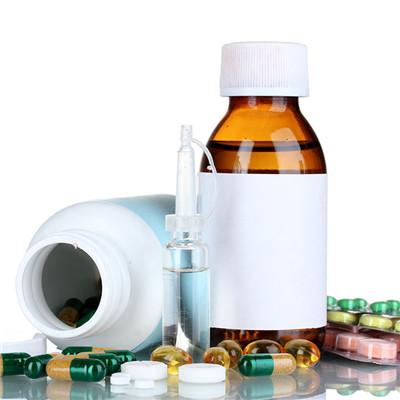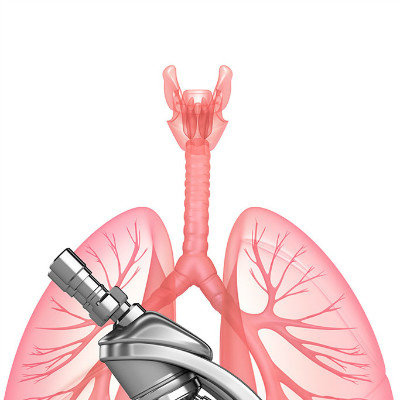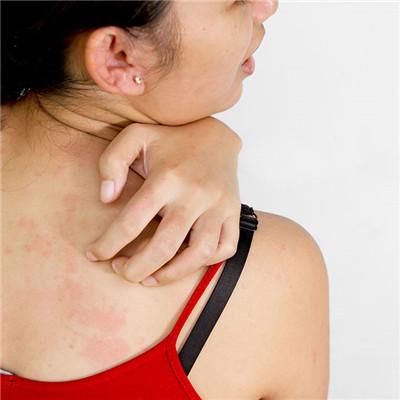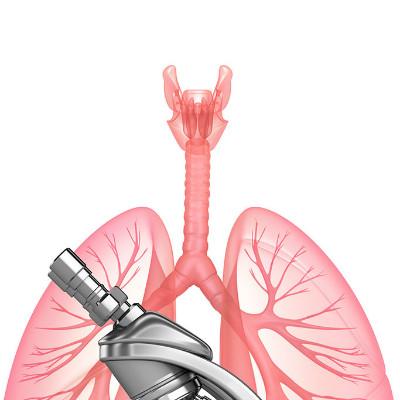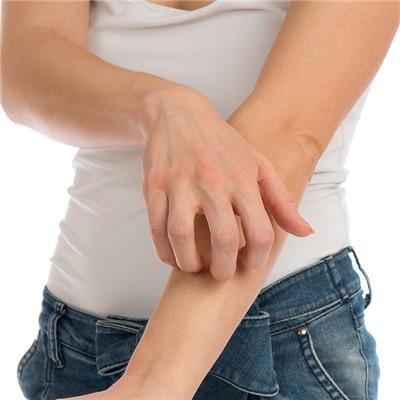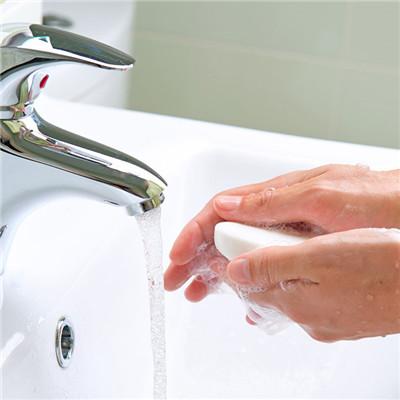How to treat chickenpox at the beginning?
summary
It is caused by varicella zoster virus (VZV). Varicella zoster virus belongs to Herpesviridae. It is a double stranded DNA virus with only one serotype. There are at least eight kinds of viral glycoproteins, which determine the pathogenicity and immunogenicity of the virus. How to treat chickenpox at the beginning? Now let me tell you something.
How to treat chickenpox at the beginning?
The incubation period of the disease was 12-21 days, with an average of 14 days. Older children and adults may have fever, headache, general tiredness, nausea, vomiting, abdominal pain and other precursor symptoms before the rash, while children may have rash and systemic symptoms at the same time.

The rash appeared within 24 hours after the onset of the disease. The rash first occurred in the compressed part of the scalp and trunk, and presented centripetal distribution. At the beginning, it was a small pink rash, which quickly turned into a round tension blister with the size of rice to pea. There was obvious red halo around the blister, and the central part of the blister was in the shape of umbilical fossa. The mucous membrane is often invaded, such as oral cavity, pharynx, conjunctiva, vulva and anus.

During the rash period of 1-6 days, the rashes appeared in batches, and the lesions showed the evolution process from small red macular papules to herpes, scab formation to decrustation. No scar was left after decrustation. Blister stage itching is obvious, if scratch secondary infection can leave a slight dent. About 4% of adults may have disseminated chickenpox and chickenpox pneumonia.

matters needing attention
Children should be isolated early until all the rash scab, generally not less than two weeks after the disease. Children who have been in contact with varicella patients should be isolated and observed for 3 weeks. There is no specific treatment for the disease, mainly symptomatic treatment and prevention of secondary skin infection, keep clean, avoid scratching. Strengthen nursing, frequently change clothes, frequently cut nails, to prevent secondary infection of blisters. Actively isolate patients to prevent infection.

